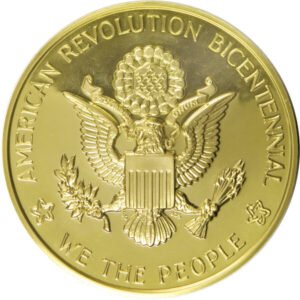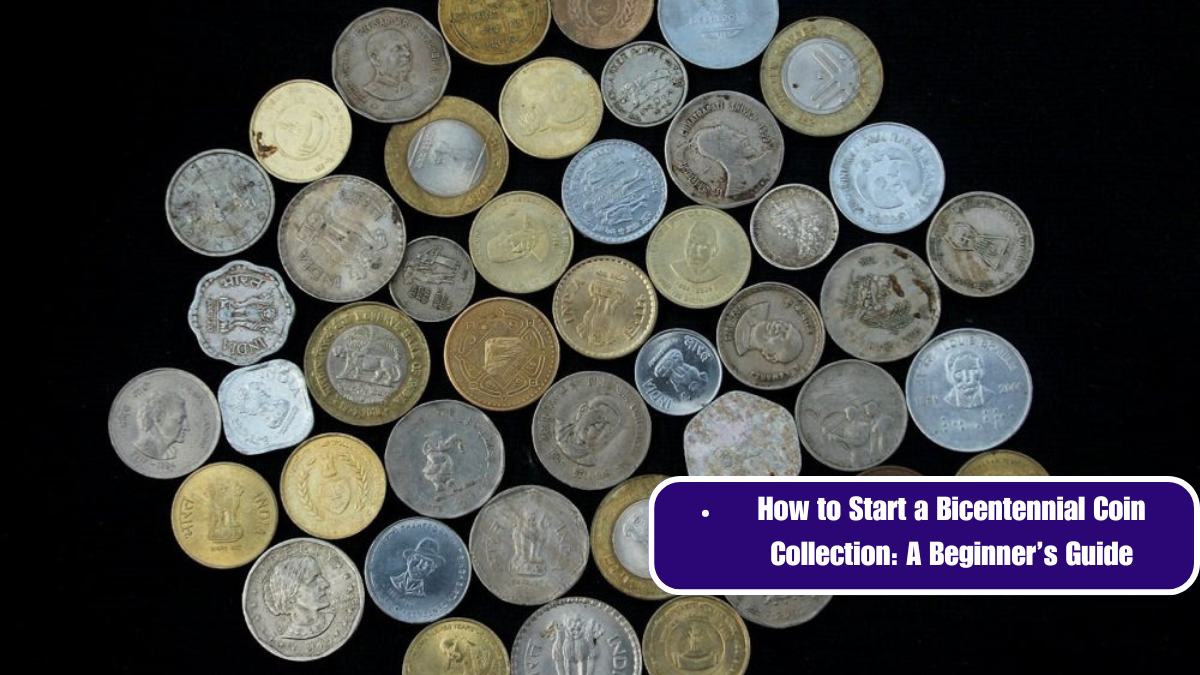As the United States approaches significant milestones, commemorative coins serve as both a reflection of and a tribute to the nation’s rich history. Among these, the Bicentennial coins issued in 1975 and 1976 stand out as particularly poignant symbols of American heritage. These coins, produced to celebrate the 200th anniversary of the Declaration of Independence, capture the spirit of the era and offer a glimpse into the nation’s past.
Design and Symbolism
The Bicentennial coins are distinctive not only for their historical significance but also for their unique designs. The most notable of these are the quarters, half dollars, and dollar coins, each adorned with imagery that pays homage to America’s revolutionary roots.
- Bicentennial Quarter: Perhaps the most recognizable of the series, the Bicentennial quarter features a reverse design created by artist Jack L. Ahr. Instead of the traditional eagle, this coin depicts a colonial drummer boy, symbolizing the fight for independence and the spirit of patriotism. The drum represents the call to arms and the role of the common people in the fight for freedom. Surrounding this central figure are the inscriptions “1776-1976” and “E Pluribus Unum,” emphasizing the unity and longevity of the United States.
- Bicentennial Half Dollar: Designed by artist Dennis R. Williams, the half dollar showcases the Liberty Bell in front of the moon. This imagery merges two powerful symbols: the Liberty Bell, representing the nation’s freedom, and the moon, signifying the future and the aspirations of the American people. The “1776-1976” inscription appears prominently, linking the past with the present.
- Bicentennial Dollar: The dollar coin features a unique design by artist Seth G. Lewis and engraver Frank Gasparro. It portrays the depiction of a colonial drummer boy and the Liberty Bell, effectively merging the themes of national pride and historical continuity. The “Bicentennial” design was applied to the Eisenhower dollar, which had previously featured an eagle in flight.
Impact and Legacy
The Bicentennial coins were more than just currency; they were a part of a larger national celebration. Released in 1975 and 1976, they were meant to be a temporary issue, with the designs modified specifically for the occasion. Their release was accompanied by a series of public events, educational programs, and commemorative activities, all aimed at fostering a sense of national pride and historical awareness.
These coins have remained popular with collectors and historians alike, valued not only for their monetary worth but for their role in marking a significant historical event. They serve as a tangible connection to America’s past and a reminder of the values and ideals that shaped the nation.
Modern Reflections
Today, the Bicentennial coins are cherished items among numismatists and history enthusiasts. They are often featured in collections and auctions, and their legacy continues to be celebrated by those interested in American history. The coins also reflect a broader trend in numismatics, where commemorative issues serve as both a tribute to significant events and a means of preserving national heritage.
As the U.S. continues to mark new milestones and anniversaries, the Bicentennial coins stand as a lasting tribute to the nation’s journey. They encapsulate a moment of reflection and celebration, offering a glimpse into the values and spirit that continue to define the American experience.














